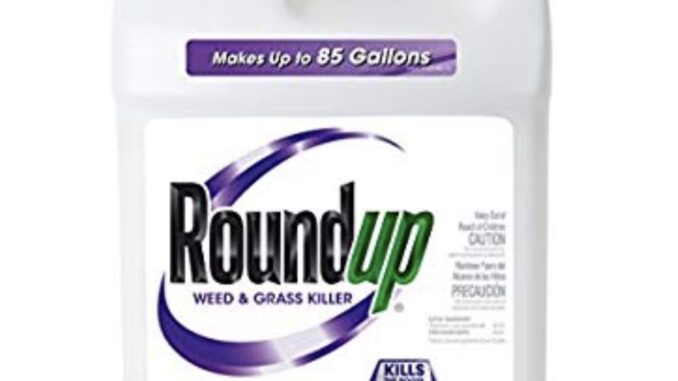
By Kevin Deutsch and Sasha Gonzales
[email protected], [email protected]
More than 200 gallons of the controversial weed killer glyphosate was sprayed inside New York City parks last year—including 23 gallons used in 20 Bronx green spaces frequented by children, according to new data obtained by Bronx Justice News.
Across the five boroughs, 228 gallons of product containing the pesticide—including Monsanto’s controversial Roundup spray—was applied to 227 city parks in 2018, according to statistics compiled by the Parks Department.
The Bronx parks where glyphosate is still being used in 2019, according to the city:
-Bailey Playground
-Bronx River Park
-Brust Park
-Claremont Park
-Cooney Grauer Field
-Crotona Park
-Edenwald Playground
-Ewen Park
-Farragut Playground
-Ferry Point
-Fort Independence Playground
-Haffen Park
-Harding Park
-Manida Ball Fields
-Merrian Playground
-Orchard Beach
-Pelham Bay Park
-Raoul Wallenberg Forest
-Riverdale Park
-Rodman’s Neck
-Seton Park
-Soundview Park
-Spuyten Duyvil Shore Front Park
-Tillotson Steps
-University Woods
-Van Cortlandt Park
-Vinmont Veteran Park
The sprayings at Bailey Playground, Edenwald Playground, Farragut Playground, Fort Independence Playground, the Manida Ball Fields, and Merrian Playground are not done inside the playground-equipment areas of the parks, according to city officials.
Rather, city workers target the perimeter of the properties—spaces like sidewalks and cracks—when people are not in the immediate vicinity, the officials said.
A bill pending in the City Council would ban use of glyphosate by all city agencies, a chemical the World Health Organization’s International Agency for Research on Cancer considers a probable carcinogen, and is banned in numerous countries.
But for now, the spraying by the city continues—albeit at a reduced pace, officials told Bronx Justice News.
Citywide herbicide applications have decreased since 2014, due to efforts by the Parks Department to reduce glyphosate spraying and use alternate methods of weed management, officials said.
In 2017, for example, 41 gallons of glyphosate product applied to 18 Bronx parks, not including rights-of-way and greenstreets, according to the data. That’s 18 gallons fewer than last year.
Bayer, the company that owns Monsanto, has lost numerous lawsuits—and been found liable for billions in damages—following civil actions brought by more than 13,000 plaintiffs across the United States alleging their Roundup product causes cancer.
The company insists Roundup and its active ingredient, glyphosate, are safe for humans to use.
A number of City Council members and local environmental advocates disagree.
“Our parks and open spaces are critical to our health when our communities have so few of them, so we have to make sure our city is pushing toward making them safer, greener, and more resilient,” said New York City Council Member Carlina Rivera, who co-introduced the recent legislation proposing a glyphosate ban. “But no New Yorker should ever have to be exposed to toxic pesticides and it is long past time that our city ban these dangerous chemicals.”
Crystal Howard, Assistant Commissioner for Communications in the Parks Department, said the city is “committed to environmentally responsible pest management.”
“We do not apply pesticides inside playgrounds or inside dog runs, or when the public is in the immediate vicinity,” Howard told Bronx Justice News. “We continue to reduce our use of registered pesticides for weed control overall—primary areas of usage: Greenstreets, Natural Areas, and for targeted poison-ivy control. We strictly follow state and city laws for reporting all pesticide use on Parks property.“
In areas people frequent, officials said, Parks Department workers hand pull weeds, use mulch, shade out of sun-loving weeds, and plant robust weed-suppressive plants, using glyphosate only when those methods fail, or when resources don’t allow for alternative methods.
